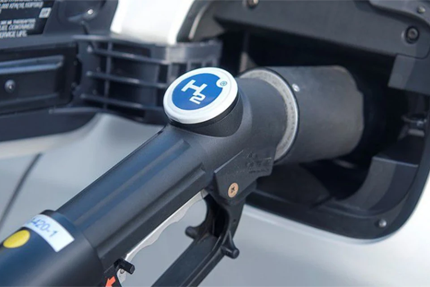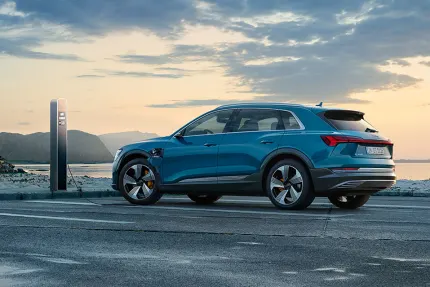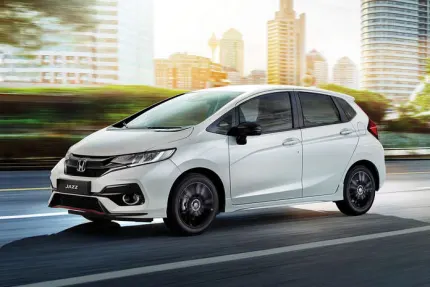
Full Hybrid Electric Vehicles (FHEVs)
A FHEV, Full Hybrid Electric Vehicle, has both a combustion engine and a battery and can run solely on one engine or with a combination of the two. Read on to find out more about FHEVs.
What is a Full Hybrid Electric Vehicle?
In general, a hybrid vehicle refers to any car that uses both an internal combustion engine and an electric motor. A full hybrid refers to vehicles that have larger batteries and more powerful electric motors. This means they can work solely with the electric motor for short distances, the hybrid system cuts the engine in and out automatically as required, reducing fuel consumption where possible and providing more power when required.
When accelerating hard, the petrol/diesel engine automatically fires back into action to give you the power you need. Full hybrids have the same total driving range as a comparable petrol or diesel car.
A FHEV allows you to drive long distances when needed, but you can also make day-to-day trips using the electric motor alone, meaning you still get zero tailpipe emissions which reduces your carbon footprint and saves you money on fuel costs!

More Fuel Efficient
Save money on fuel as you can travel short journeys on pure electric power.

Less Maintenance
As hybrid vehicles have less moving parts they generally need less repairs.

Lower Running Costs
Hybrid vehicles cost less to maintain, less to power and less to tax!

Eliminates Range Anxiety
As they run on fuel as well even if you run out of electric power, you wont stop moving.
Things to consider before buying a Full Hybrid Electric Vehicle
One of the biggest advantages of an FHEV is that it can switch to its internal combustion engine if you want to drive long distances or go faster. If you need more range than a typical entry-level BEV, then an FHEV is the perfect choice.
One of the concerns that people have with electric vehicles is where their nearest charging station is. For people driving a FHEV you don’t need to worry, as it takes regular fuel. This means if you’re worried about finding places to charge your car, an FHEV can take some of that worry out of the equation.
While an FHEV is considered an electric vehicle, it’s not fully electric and most models will use the regular internal combustion engine to drive the vehicle or assist the electric motor. So you’ll still need to rely on the fuel mode for longer distances. If your carbon footprint is a concern for you, then you may want to consider purchasing a BEV instead.
Check out other electric/hybrid vehicle information

Charging an Electric Vehicle
Getting the best from an EV requires you to charge it properly. But how do you charge an electric vehicle?
Charging an EV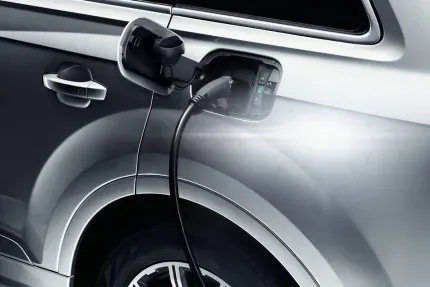
How do I get electric charging at home?
More people are going to need to charge their EV at home. But how do you go about it?
Charging at home
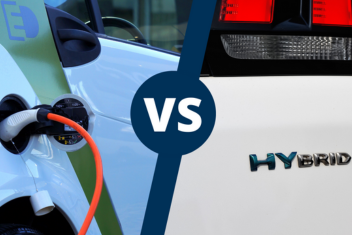
Hybrid Vs Electric
Should you buy a Hybrid or Electric car? We're here to help you decide!
Hybrid Vs ElectricThinking About Going Electric?
We can help find the right electric vehicle for you.
